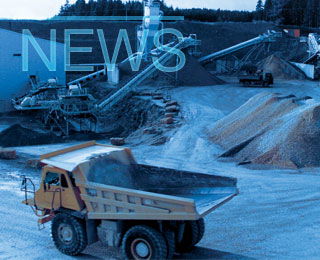Despite a predicted fall in consumer purchasing power as a result of higher interest rates, cement demand is expected to remain high in 2006 with a boost from government and private sector spending on infrastructure projects.
Infrastructure projects are expected to offset a decline in cement demand from the housing and property sector. Overall demand could grow by between 7.5 percent and 8.5 per cent in 2006, said Dwi Soetjipto, president director of cement giant PT Semen Gresik.
"If translated into volume, demand will be about 35 million tons next year, fairly higher than this year’s estimated demand of about 32Mt most of which is from the property and retail sector," said Dwi.
Among the government projects being eyed by cement producers next year are irrigation systems, toll roads and bridges.
"We expect the property and retail sector will pick up in the second quarter of next year after inflation eases and interest rates are gradually lowered," said Widodo Santoso, marketing director of PT Semen Padang.
Widodo said most of the cement demand would continue to come from Java, with Banten, West Java and Jakarta alone expected to account for about 40 percent of total demand in 2006, thanks in part to several toll roads planned for the areas.
Meanwhile, Dwi says Gresik will begin construction of a four trillion rupiah (US$407m) plant in the second half of 2006,with an annual capacity of 2.5-3Mt of cement and was expected to begin operations in 2009.
"Construction of the new plant will commence in the second half of 2006. Capacity will be in accordance with our plan of 2.5-3.0Mt," Soetjipto said. The company has yet to decide on a site for the plant, he added. Soetjipto said 30 per cent of funds for construction would come from internal resources with the remainder from external parties, possibly banks.

Cement dispatches in Colombia down 7% in February
Colombia's cement market contracted 6.6 per cent YoY in February 2025 as dispatches fell to 0.96...